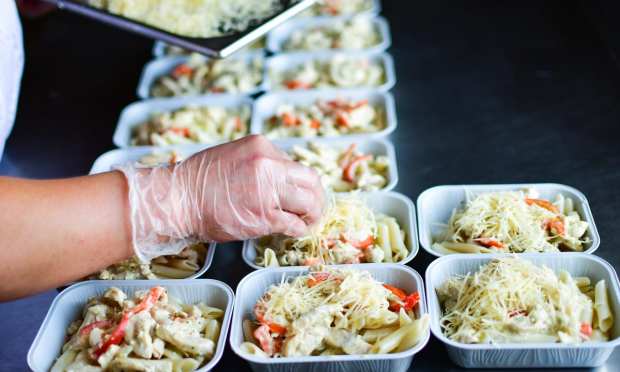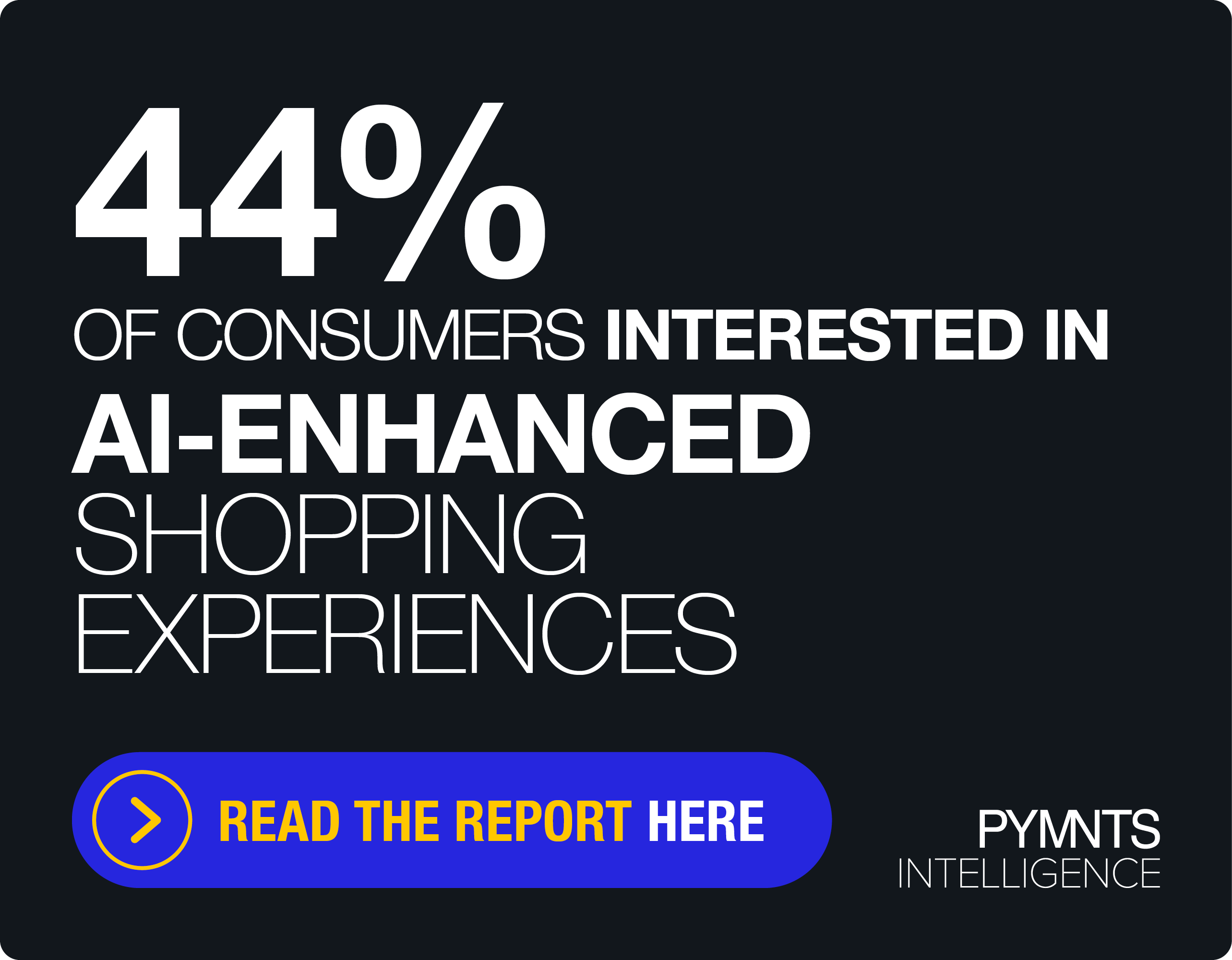Digital Dining and Ghost Kitchens Gain Steam And Converts

It seems like not a day goes by that a major restaurant chain doesn’t launch a new digital-only concept store, ghost kitchen, enhanced drive-thru, curbside or delivery venture.
Last week alone, Chipotle and Red Lobster both unveiled new store concepts that will cater to cautious consumers who crave the chains’ food, but not the crowds as the global pandemic continues to reshape how we work, shop and eat.
In the case of the new “Chipotle Digital Kitchen” that sits outside the U.S. Army’s West Point military academy in New York, diners will no longer tell line workers if they want white or brown rice and their choice of protein. Instead, they’ll order and pay in the company’s app, website or through a third party delivery partner.
“With digital sales tripling year over year last quarter, consumers are demanding more digital access than ever before,” Chipotle Chief Technology Officer Curt Garner said in announcing the new store, noting that the site’s digital features will provide a convenient, frictionless experience for customers.
Meanwhile, brick-and-mortar stalwart Red Lobster unveiled its first ghost kitchen, to be located in Chicago. In doing so, the chain acknowledged the emergence of one of the restaurant industry’s fastest-growing trends.
“Off-premise is a huge priority for Red Lobster,” CEO Kim Lopdrup said. “We tripled our off-premise sales in the two years before COVID-19 began, and we’ve tripled them again over the last eight months. Opening a ghost kitchen is a natural next step in expanding our off-premise business.
He added the Red Lobster expects the delivery-only format to help the chain grow sales in other cities.
Starbucks Doubling Down On Digital
Coffee giant Starbucks unveiled its first 300-square-foot, digital-only micro café a year ago to dovetail with its enormously popular app and roughly 20 million rewards members.
Six months and one global pandemic later, the Seattle-based coffee giant announced in June that it was transforming its portfolio of stores. Unsurprisingly, the changes include a heavy emphasis on expanding convenience-led formats such as drive-thru, mobile order only and curbside pickup to meet changing customers’ behaviors.
“As we navigate through the COVID-19 crisis, we are accelerating our store transformation plans to address the realities of the current situation, while still providing a safe, familiar and convenient experience for our customers,” CEO Kevin Johnson said.
Refining The Drive-Thru
Other quick-service restaurant (QSR) chains that have had robust drive-thru and takeout businesses in place for decades are using COVID-19 to refine existing ways to get food into customers’ hands quickly and send them on their way.
For example, McDonald’s just announced it was undertaking a major revamp of its stores, with a heavy emphasis on digital tech and innovation. The chain aims to keep lines short at its drive-thrus, which have been a pandemic-era lifeline at 90 percent of McDonald’s locations.
In fact, the cost savings of building and maintaining a tiny, takeout-only restaurant with a smaller footprint — particularly in congested urban areas — has caught virtually every QSR player’s attention.
Wendy‘s CEO Todd Penegor told analysts during the company’s earnings call last week that the fast-food chain has “a new appetite to look at drive-thru-only restaurants.”
The bottom line: Innovating and adapting aren’t optional for the restaurant industry amid the COVID-19 crisis, as pandemic has already driven a number of chains into Chapter 11 — particularly in the dine-in segment.
For instance, restaurateur Aaron Gordon recently opened a multi-restaurant ghost kitchen in Washington, D.C., that put a dozen chefs (and menus) under one roof for takeout, delivery or outdoor garden-dining only.
Why? As Gordon put it: “The days of having 100 people packed into a little bar are pretty much over.”
